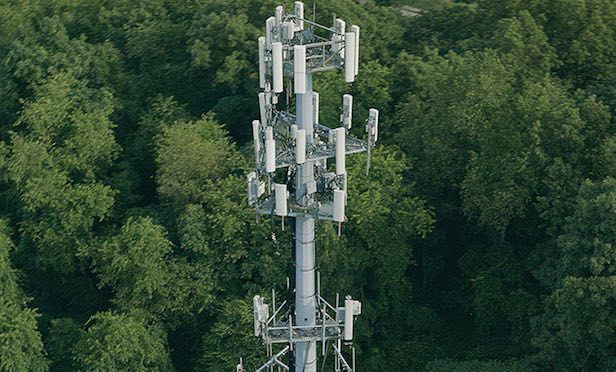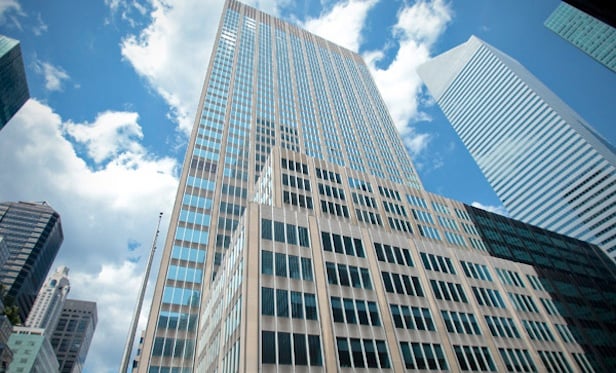 Globest.com: Who is responsible for maintenance and repairs? Kwasman Globest.com: What assurances should the property owner insist on in regard to risk mitigation and protecting buildings and improvements? Kwasman Globest.com: What access will the tower company require? Kwasman Globest.com: Are there any tax implications for the property owner? Kwasman Globest.com: What tower design options exist to make sure the property's appearance is not negatively impacted? Kwasman Globest.com: Are there any specialized lender and legal issues that must be considered? Kwasman
Globest.com: Who is responsible for maintenance and repairs? Kwasman Globest.com: What assurances should the property owner insist on in regard to risk mitigation and protecting buildings and improvements? Kwasman Globest.com: What access will the tower company require? Kwasman Globest.com: Are there any tax implications for the property owner? Kwasman Globest.com: What tower design options exist to make sure the property's appearance is not negatively impacted? Kwasman Globest.com: Are there any specialized lender and legal issues that must be considered? Kwasman© Touchpoint Markets, All Rights Reserved. Request academic re-use from www.copyright.com. All other uses, submit a request to [email protected]. For more inforrmation visit Asset & Logo Licensing.






